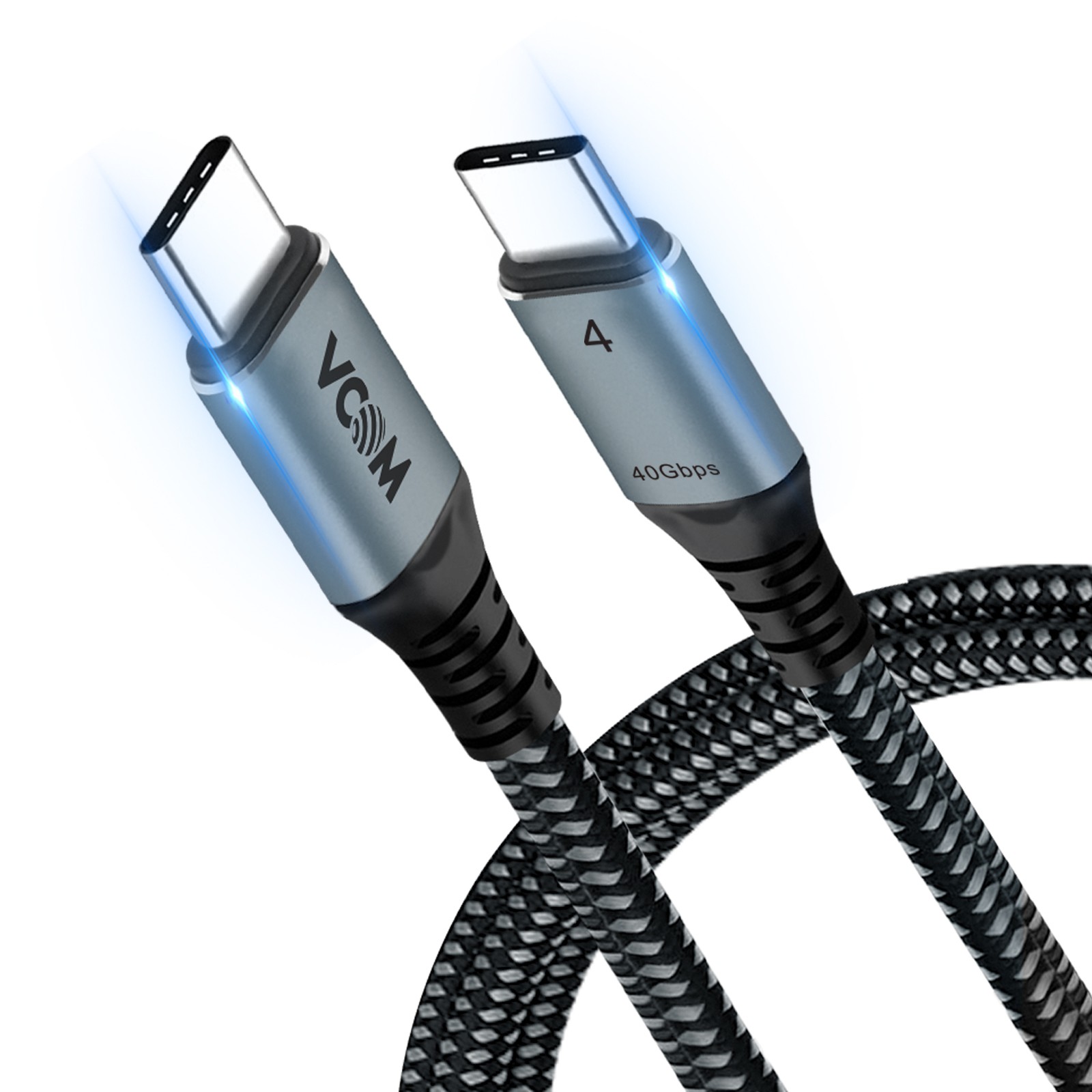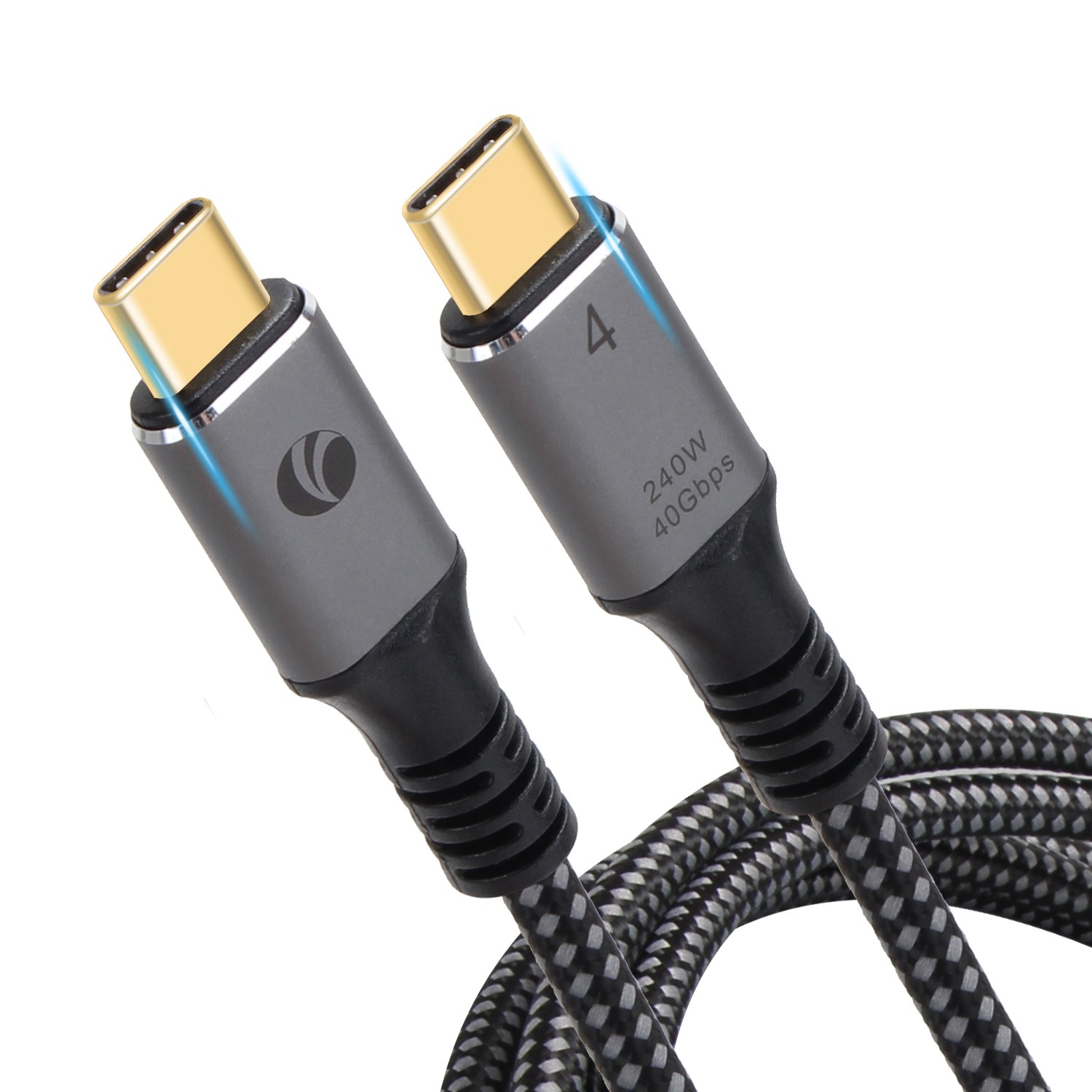As technology advances, USB cables continue to evolve, with each new generation promising faster data transfer speeds and improved power delivery. The latest USB4 standard is no exception, offering a range of exciting features such as Thunderbolt 4 compatibility, faster data transfer speeds, and support for multiple displays.
What is USB4?
USB4 is the latest version of the USB standard, released in 2019. It is based on the Thunderbolt 3 technology and supports data transfer speeds of up to 40Gbps, which is twice as fast as USB 3.2 Gen 2x2. It also supports multiple displays, allowing you to connect up to two 4K displays or one 8K display.
If you are in the market for a USB4 cable, here are some tips to help you choose the best one for your needs.
1. Check the Cable Speed
One of the most significant benefits of USB4 is its faster data transfer speeds. With USB4, you can transfer data at up to 40Gbps, which is twice the speed of USB 3.2 Gen 2x2. However, not all USB4 cables can support these faster speeds. Therefore, it is crucial to check the cable's speed rating before making your purchase. Look for cables that are labeled as "40Gbps" or "USB4" to ensure that you get the fastest possible data transfer speeds.
2. Look for Thunderbolt 4 Compatibility
Another feature of USB4 is its compatibility with Thunderbolt 4, which allows for even faster data transfer speeds and support for multiple displays. However, not all USB4 cables are Thunderbolt 4 compatible. If you plan to use your USB4 cable with a Thunderbolt 4 device, make sure to look for cables that are labeled as "Thunderbolt 4 compatible" to ensure that you get the full benefits of this technology.
3. Check the Cable Length
USB4 cables are available in various lengths, ranging from a few inches to several feet. When choosing a cable, consider how you plan to use it and the distance between your devices. If you plan to use your USB4 cable to connect devices that are relatively close to each other, a shorter cable may suffice. However, if you need to connect devices that are further apart, you may need a longer cable. Keep in mind that longer cables can result in slower data transfer speeds, so choose the shortest cable that meets your needs.
4. Consider the Connector Type
USB4 cables come in various connector types, including USB-C, USB-A, and Thunderbolt 3. When choosing a cable, make sure to check the connector type on both ends to ensure that it is compatible with your devices. USB-C is the most versatile connector type, as it can be used with a wide range of devices, including laptops, smartphones, and tablets. However, if your device only has USB-A or Thunderbolt 3 ports, you will need to choose a cable with the corresponding connector type.
In conclusion, choosing the right USB4 cable can be a bit overwhelming, given the various options available. However, by considering factors such as cable speed, Thunderbolt 4 compatibility, cable length, and connector type, you can ensure that you choose a cable that meets your needs and provides the best possible performance.
Tag:






